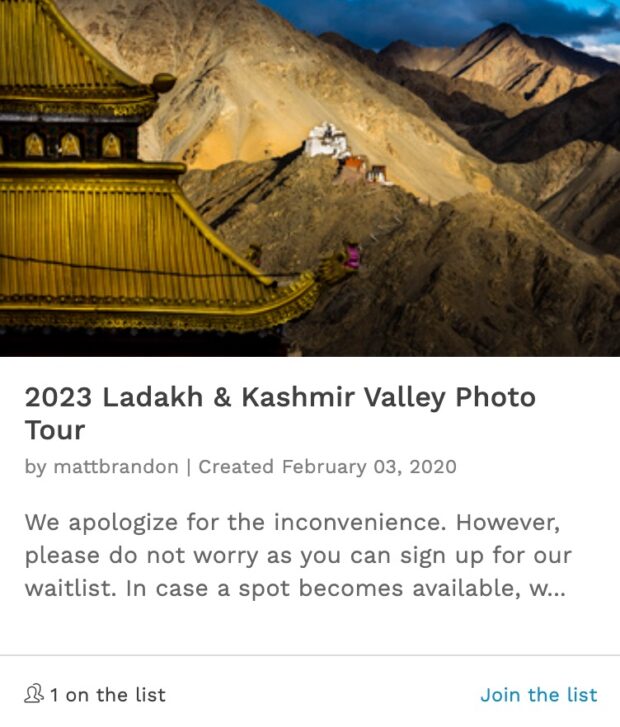
Depth of Field Revealed


To get my readers involved I decided to make a contest out of this whole mystery. On Monday I asked you this seemingly simple question: “You’re shooting at 18mm at f/4, then you decide to shoot the same subject with the same magnification (meaning the subject fills the frame in the same way) at 200mm at f/4. What happens to your depth of field?” Then the winner would be drawn from amongst the right answers.
So what is the right answer? Just what I suspected–Nothing— the depth of field is not affected by focal length by any real significance. There are people who are a lot smarter than I am who have put the math into this and have come up with the same conclusion. When all I did was to take my camera out and do a field test.
Here’s how I did my field test:
I took my Canon 5D MKIII and my 70-200 mm f/2.8 lens set the aperture to f/4 and focused on a street sign. I chose a sign that had several other signs behind it as a way show off the depth of field. After taking a photo at 200 mm I then switched lenses to my 17-40mm f/4 lens. Keeping the aperture at f/4 I tried to “zoom” the 17-40mm to 18mm–I ended up shooting at 19mm. And, wait for it–here is the important part, I physically moved the camera to the point where at 19mm focal length the sign was at the same magnification. In other words, I had the sign fill the same exact proportions of the viewfinder at 19 mm as it did at 200 mm.
So who is the winner of the Urban Disguise 40? Congratulations to Jacob James for having the right answer and being fortunate enough to have his name drawn out of my Airport Express box. If you’d like to read more about the relationship between focal length and depth of field I’ve drawn together a few links for you below:
Luminous Landscape: Do Wide Angle Lenses Really Have Greater Depth of Field Than Telephotos?
Cambridge in Colour: TUTORIALS: DEPTH OF FIELD
Norman Koren: Understanding image sharpness part 6: Depth of field and diffraction
Stack Exchange- Photo: How does changing focal length affect depth of field?









Good job, guys. As soon as the first person posted this answer, I knew he was right. :). Great challenge!
Thanks for commenting Robert.
Great article Matt. Photo one and two are a great lesson on compression. Shows what happens to background when changing lenses.
Compression is a wonderful thing 😉 Thanks for reading.
Learnt something new today. Thanks.
Thanks for dropping by! Hope you will keep checking back!
Excellent article – thanks Matt – I have shared it on my FB page and also the FB page of the Photographic Society of New Zealand.
Shona, Thank you so much for sharing this post. You might find some other posts worth sharing as well. New Zealand is on my ‘bucket list’ of places to go shoot someday.
Nice article, but I think the conclusions are incorrect.
DOF is defined in terms of the final image viewed and the distance of that image from the human eye, so when you zoom in (either by cropping and magnifying later or using the digital zoom on-camera) you are in fact changing the picture even if the actual pixels haven’t changed. What once looked sharp now looks blurred, so the depth of field in the viewed image has in fact changed.
If, however, you are only interested in the DOF that affects the pixels – irrespective of what you do with the image afterward – this is quite another question (pixel peeping). This isn’t DOF!
Perhaps it should be, or perhaps we need another term, but you really need to look at the bigger picture 🙂